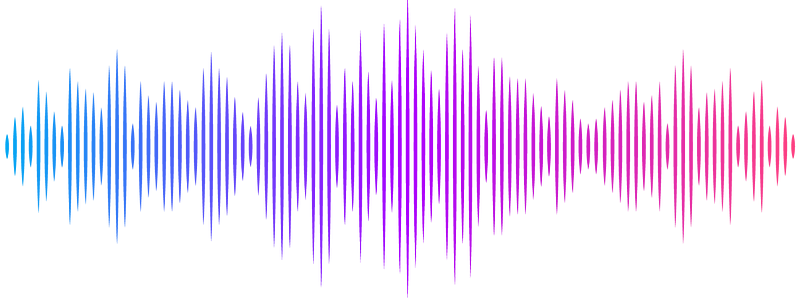CXCL13/CXCR5 Chemokine Axis Promotes CXCR5+CD19+ B-Cell and Follicular/Effector CXCR5+CD4+ T-Cell Responses in the Lungs Associated with Protection from Severe and Fatal COVID-19 Following Infection with Pathogenic SARS-CoV-2 Delta Variant

CXCL13/CXCR5 Chemokine Axis Promotes CXCR5+CD19+ B-Cell and Follicular/Effector CXCR5+CD4+ T-Cell Responses in the Lungs Associated with Protection from Severe and Fatal COVID-19 Following Infection with Pathogenic SARS-CoV-2 Delta Variant
Vahed, H.; Chentoufi, A.; Prakash, S.; Quadiri, A.; Karan, S.; Lekhbach, Y.; Omorogieva, E.; Patel, S. J.; Tadros, J.; Liao, E. J.; Lau, L. S. L.; Tifrea, D. F.; BENMOHAMED, L.
AbstractChemokines play an important role in shaping lung innate and adaptive immunity to pulmonary infections and diseases. However, the role of CXC ligand 13 (CXCL13), a chemokine homeostatically produced by various lung cell types, in the protection from SARS-CoV-2 infection and disease remains controversial. Some studies reported that asymptomatic patients who survived severe COVID-19 had CXCL13-dominated mucosal immune responses in the lungs early during infection. In contrast, other studies reported that a high level of CXCL13 was associated with severity and mortality in COVID-19 patients. In this study, to determine the direct role of CXCL13 in SARS-CoV-2 infection and disease, we generated CXCL13-/-K18-hACE2 mice, that are both transgenic for ACE2 and deficient in CXCL13 and compared their infection and COVID-19-like disease symptoms with those in wild-type K18-hACE2 transgenic mouse littermates following intranasal inoculation with the pathogenic SARS-CoV-2 delta variant (B.1.617.2). Compared to age- and gender-matched SARS-CoV-2 infected wild-type K18-hACE2 mice, SARS-CoV-2 infected CXCL13-/-K18-hACE2 deficient mice exhibited (i) higher viral load in the lungs; (ii) severe COVID-19-like lung pathology; (iii) exacerbated weight loss; (iv) increased mortality. The apparent severe COVID-19-like symptoms in CXCL13-/-K18-hACE2 deficient mice were associated with: (i) significantly lower frequencies of functional lung-resident C-X-C chemokine receptor 5+ (CXCR5)+CD19+ B cells, follicular CXCR5+CD4+ helper T cells (Tfh cells), and IFN-gamma;+TNF-alpha;+GzmB+Ki67+effector CD4+ Th1 cells; and (ii) a significant reduction in the levels of SARS-CoV-2-Spike specific Th1 associated IgG1 and IgG2b antibody isotypes. These findings corroborate previous human reports suggesting a critical role of the CXCL13/CXCR5 chemokine axis in the protective B- and T-cell mucosal immunity to SARS-CoV-2 infection and disease, offering a potential new immunotherapeutic target for treatment.